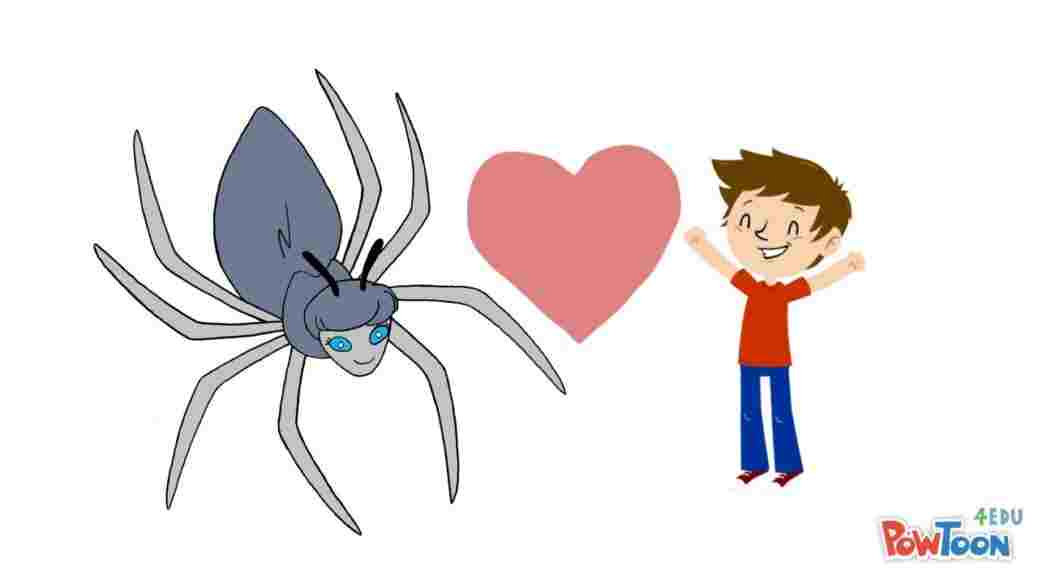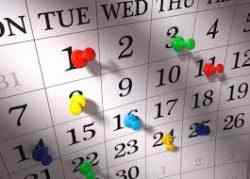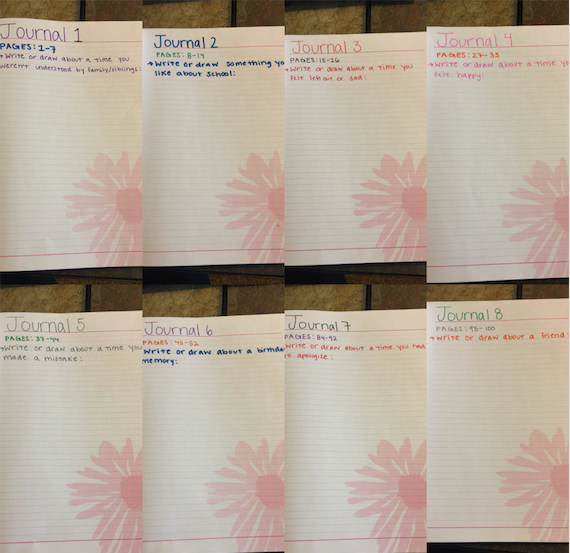
Girl Problems?
George is a book about a boy who identifies himself as a girl. She is aware of her gender dilemma but also of the assumptions and judgements that will come her way if she ever tells anyone about this secret. With the announcement of a school play based on the story of Charlotte’s Web, George decides to audition for it in hopes that if he plays the role of Charlotte then people will see her offstage as a girl too. Throughout George’s attempt to achieve her goal as Charlotte, she encounters sad moments with being misunderstood and being bullied. Her relationship with her older brother is kind of awkward because George feels she has to “try” to be more boy-like around him. Her male classmates pick on her for having cried when Charlotte died in the book, because boys aren’t supposed to have strong emotions. And finally, her school still has gender stereotypes where there are “boys line” and “girls line.” With difficulties like these, it seems throughout the story that George will never achieve her goal or more than that, be accepted as who she identifies as being. In the end, with the help of her friend Kelly, George is victorious and puts on a phenomenal act as Charlotte. After initial shock and confusion, George’s mother welcomes her as a girl but admits that they will have to take it one step at a time. A fabulous ending to the story includes George enjoying a picture-perfect day as “Melissa” dressed in clothing she’s always wished of wearing. The day was pure bliss and I could not have been happier for Melissa and all other girls and boys like her out there.
This text is very important and crucial in these modern times. The text wants readers to have awareness and have conversations about this very real issue that affects many children’s lives. The book does a great job of addressing the negative assumptions and stereotypes associated with this topic. The author could have chosen to show the mom as warm and accepting right away to George’s secret. However, in order to relate more closely to individuals in areas all over, the emotions and actions of the mother can guide and help parents who are also feeling similar emotions. As mad as I got in certain parts of the story, I understand that people reading this text may not all be from California and the necessity to make the story and it’s events as relatable and real as possible is important to show the relevance. Another point I think the author is attempting to make is the lack of education we choose to share with our children about LGBTQ. Still today boys and girls make assumptions or have certain gender ideas, but perhaps we should have conversations early on to help bring about awareness.




